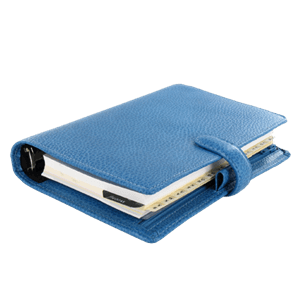what is breast augmentation?
Inland Empire board-certified plastic surgeon, Dr. Ben Childers, gets a large number of female patients, who are looking to increase the size of their breasts. The go-to procedure is breast augmentation, where he places saline or silicone implants into the natural breasts. The results are breasts that are fuller in size and an improved shape and contour. Women are able to choose which implant type they prefer, along with the size, shape, and texture they desire. Dr. Childers presents all the possible options to his patients in order for them to choose the outcome best suited for their particular needs.
Reviews
what's the difference between Saline and Silicone?
Saline Breast Implants
Saline breast implants are filled with a sterile saltwater solution and offer no risk to the patient in terms of extracapsular spread or silicone leakage. Saline implants are appealing to many because they generally cost less than silicone implants. In some patients, silicone may be a better option due to the rippling that may occur along the edges of the saline implant that can be visible in thin-chested women. Patients considering saline implants must be at least 18 years-of-age.
Silicone Breast Implants
Silicone breast implants are filled with a gel substance that looks and feels similar to natural breast tissue. They are ideal for women who are thin-chested. Silicone implants are specially engineered so that if the shell should become compromised (a surface crack), the silicone will remain intact within the implant (known as cohesive gel implants). Silicone implant defects are rare and can only be found through an MRI, unlike saline implants which will deflate. Patients must be at least 22 years-of-age to receive silicone implants.
Product Information
Manufacturers
- Saline: MENTOR® or Allergan (branded as Natrelle®)
- Silicone: Allergan (branded as Natrelle® Gel), Mentor (branded as MemoryGel®) and Sientra, known simply as Silicone Gel Breast Implants
Profiles
An implant profile depicts the distance the breast will project forward from the chest wall. Implants are made in low, moderate, high and extra high profiles.
Shape
Breast implants come in two shapes. Round implants tend to offer more fullness on the top of the breast, while teardrop implants are touted to mimic the shape and look of natural breasts.
Texture
Breast implants are made with a smooth or textured surface. Round implants can be chosen with either surface, while teardrop implants are made with a textured surface only.
Implant Placement
- Submammary (Subglandular): Under the mammary gland, over the muscle
- Subfascial (Retrofacial): Under the fascia of the muscle
- Dual Plane: Along two planes/layers
- Submuscular (Retromuscular): Mostly under the muscle
- Complete Submuscular (Full retromuscular): Completely under the muscle
Incision Type
- Inframammary: The incision is made in the breast crease where the breast meets the torso
- Periareolar: The incision is made just under and along the areola
- Transaxillary: The incision is made in the armpit
- Transumbilical: The incision is made in the belly button
what to expect following breast augmentation
Breast augmentation is performed under general anesthesia in an accredited surgical facility and typically takes between 1-2 hours to complete. It is considered an outpatient procedure. After surgery, patients will need to rest for a couple of days, but will be encouraged to move around in order to promote circulation. As the skin adjusts to the new breast size, it is normal to feel tightness in the chest area. Patients may resume their normal exercise routines within 4-6 weeks. It typically takes around 6 months for the breasts to fall into their final position. The result is a softer, natural looking breast appearance.

Plan Your Procedure
- Recovery Time
- 6-8 weeks
- Average Procedure Time
- 2-4 hours
- Procedure Recovery Location
- Out-Patient
Breast Augmentation FAQs
Is Silicone Safe?
Patients sometimes have concerns about the safety of silicone breast implants because of the attention they received in the media years ago. However, the F.D.A. did approve their safety. In addition, no evidence has ever been found to link silicone breast implants to cancer, auto-immune deficiency disease, or any other illness. Ultimately, 62% of today’s breast augmentation patients choose silicone over saline. For reconstruction cases, they choose them 3 times more often.
Breast Aug or Lift?
Breast augmentation will help with size, but it will not correct sagging. If you are happy with the shape and laxity of your breasts, then implants alone may meet your cosmetic goals. If sagging is what is most bothersome to you, then you may be considered for a breast lift. During your consult, we will determine if you are better suited for breast augmentation, a lift, or a combination of the two.
Risk of Rupture?
Modern engineering creates strong and durable implants. With proper care and regular check-ups, the risks for rupture are rare. If a saline implant does rupture, the solution will be absorbed by the body and the implant will deflate, becoming visibly noticeable. If a silicone implant ruptures, the cohesive gel will stay intact and will not leak into the body. An MRI will be necessary to detect a silicone defect.
How Long do They Last?
Most implants will last about 10 – 15 years. Some can last even longer. If there is no rupture, leakage, deflation, or any other visible defects (such as rippling), then there is no need to change the implant or have any type of secondary surgery.









